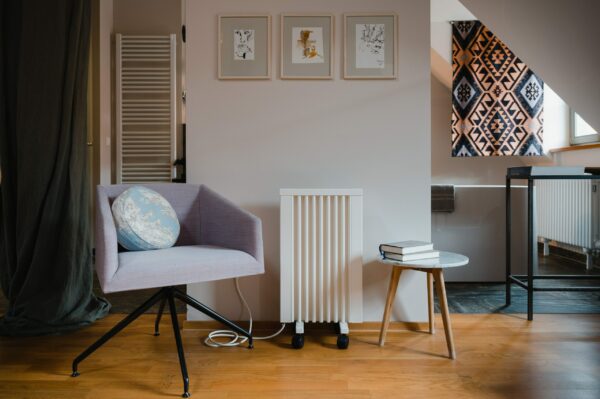
Exploring the Efficiency of Electric Heating in Log Cabins
Introduction
Electric heating systems have gained popularity in log cabins due to their efficiency and effectiveness in providing warmth. With their ability to quickly and evenly distribute heat, electric heaters offer a reliable solution for heating log cabins. This study aims to further investigate the efficiency of electric heating in log cabins, examining factors such as energy consumption and cost-effectiveness. By analyzing these aspects, we can gain valuable insights into the potential benefits and drawbacks of utilizing electric heating systems in log cabins.
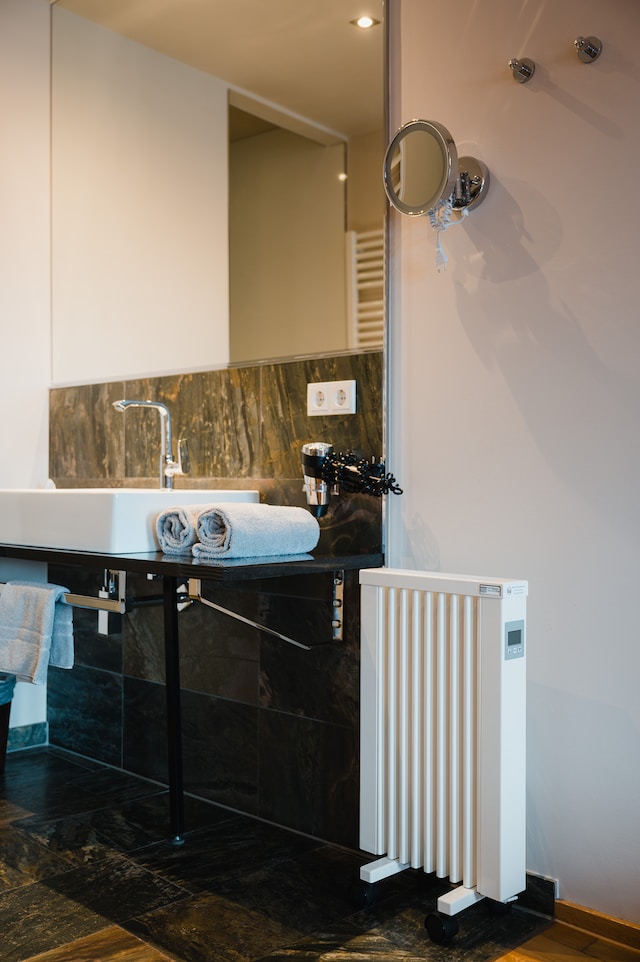
The importance of efficient heating in log cabins
Efficient heating in log cabins is crucial for ensuring comfortable living conditions, especially during colder seasons. Proper heating not only provides warmth but also helps maintain stable indoor temperatures, preventing issues such as condensation and mold growth. Additionally, efficient heating can contribute to energy savings and reduced utility costs, making it an important consideration for log cabin owners.
You can view all of our log cabins, from one bedroom log cabins to three bedroom log cabins on our website.
The Benefits of Electric Heating
Electric heating in log cabins offers several advantages. Firstly, it is a clean and environmentally-friendly heating option as it does not produce any emissions or pollutants. Secondly, electric heating systems are highly efficient, providing instant heat and precise temperature control. Additionally, electric heating is relatively easy to install and maintain, with no need for fuel storage or chimney cleaning. Lastly, electric heating can be cost-effective in the long run, as it eliminates the need for constant fuel purchases and can be integrated with smart home technology for optimized energy usage.
Advantages of electric heating in log cabins
Electric heating in log cabins offers several advantages. Firstly, it is a clean and environmentally-friendly heating option as it does not produce any emissions or pollutants. Secondly, electric heating systems are highly efficient, providing instant heat and precise temperature control. Additionally, electric heating is relatively easy to install and maintain, with no need for fuel storage or chimney cleaning. Lastly, electric heating can be cost-effective in the long run, as it eliminates the need for constant fuel purchases and can be integrated with smart home technology for optimized energy usage.
You’ll find a wide range of electric heating products from McDonogh’s in Galway.
Environmental considerations
When considering the environment, electric heating in log cabins is a favorable choice. This heating option produces no emissions or pollutants, making it a clean and eco-friendly solution. It helps minimize the carbon footprint and contributes to a healthier environment.
Considerations for Electric Heating in Log Cabins
Choosing the right electric heating system
Choosing the right electric heating system for your log cabin is crucial to ensure optimal comfort and efficiency. There are several factors to consider, such as the size of your cabin, insulation levels, and desired temperature settings. It is important to select a system that is appropriately sized to meet your heating needs while maximizing energy efficiency. Additionally, considering features like programmable thermostats and zoning capabilities can help further optimize energy usage and provide customized heating solutions for different areas of your cabin.
Understanding electricity requirements
Understanding the electricity requirements for your log cabin’s electric heating system is essential for proper installation and operation. You need to assess the electrical capacity of your cabin to ensure it can handle the power demands of the heating system. This includes considering the existing electrical infrastructure, such as the main electrical panel and available circuits. Consulting with a professional electrician can help determine if any upgrades or modifications are needed to support the heating system’s electrical requirements. It is crucial to ensure safety and compliance with electrical codes and regulations during installation and usage.
Optimizing energy efficiency
Optimizing energy efficiency in your log cabin’s electric heating system is crucial for reducing energy consumption and lowering utility costs. Implementing proper insulation measures, such as sealing air leaks and adding insulation to walls and attics, can minimize heat loss and maximize the effectiveness of the heating system. Additionally, regular maintenance and cleaning of the heating equipment, such as replacing air filters and checking for any malfunctions, can ensure optimal performance and energy efficiency. Programming the thermostat to adjust temperatures based on occupancy and utilizing timers to control heating schedules can further enhance energy savings. Considering renewable energy sources, like solar panels, can also contribute to a more sustainable and efficient heating system for your log cabin.

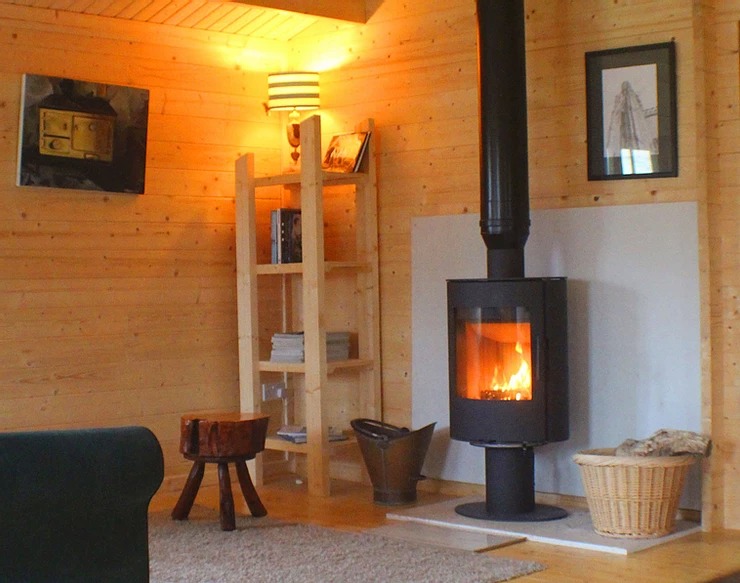
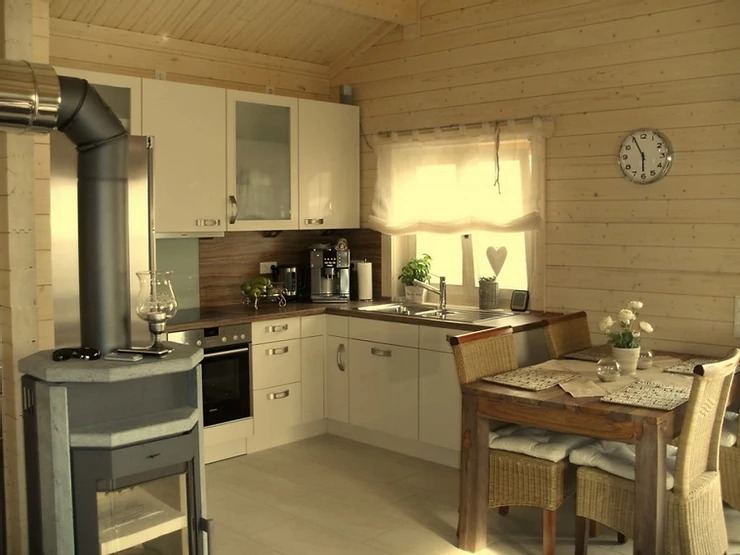
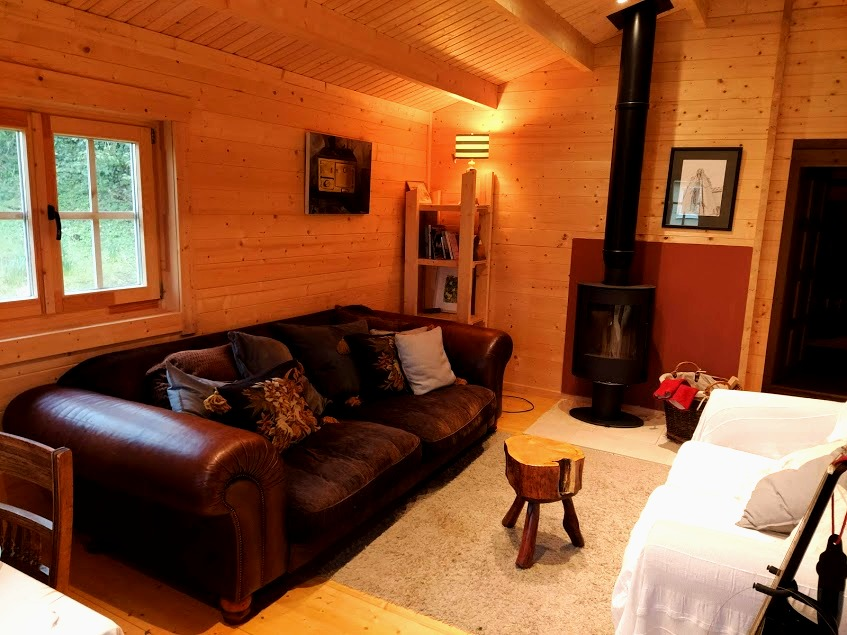
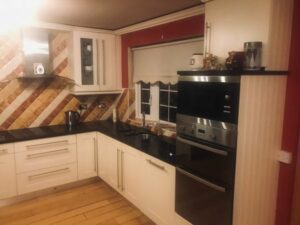
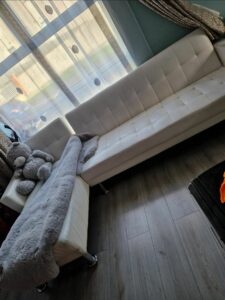

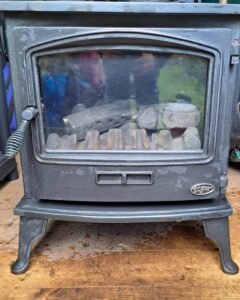




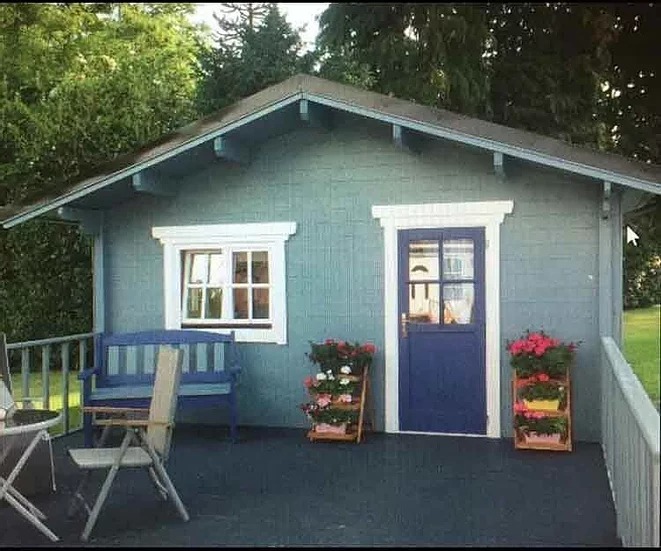
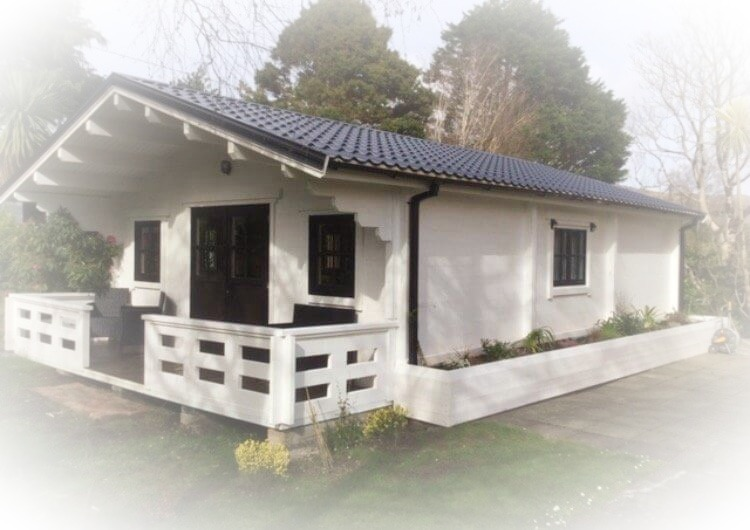
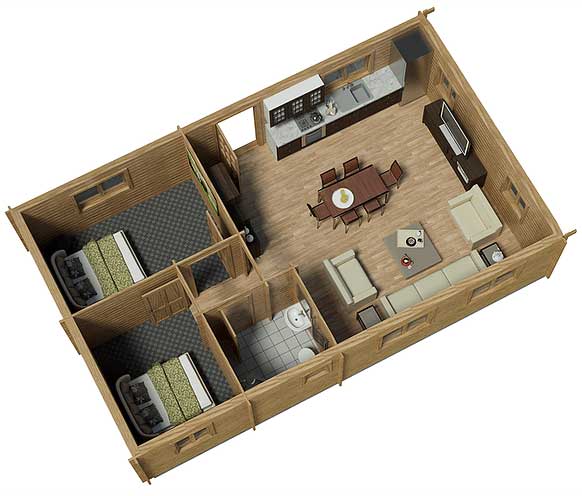
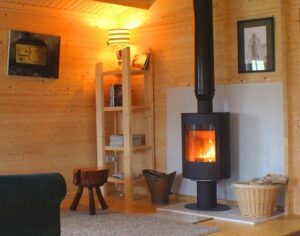


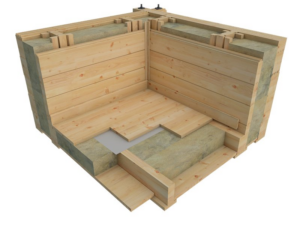
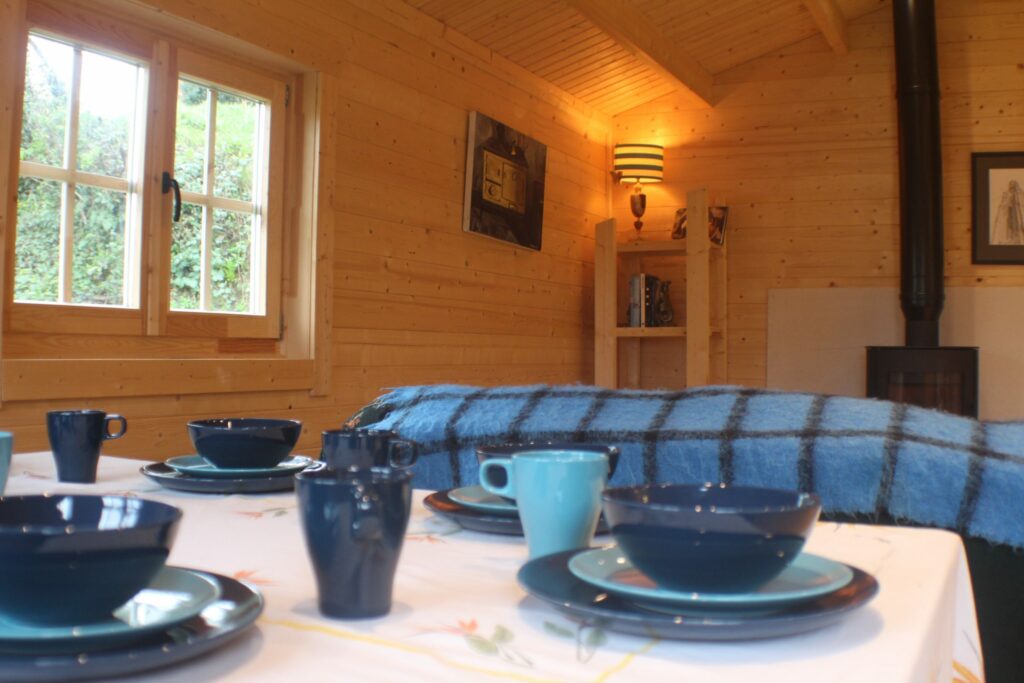
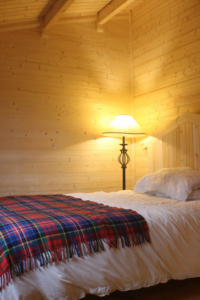
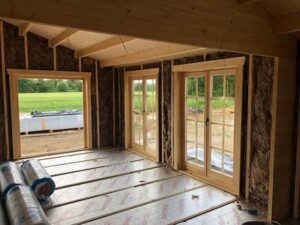

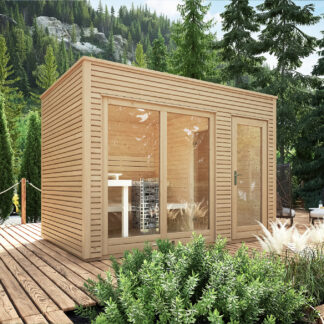
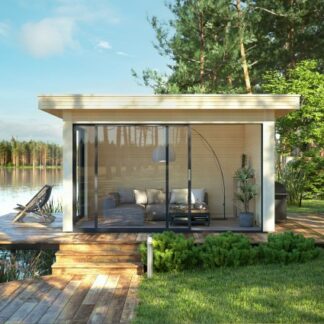
Recent Comments